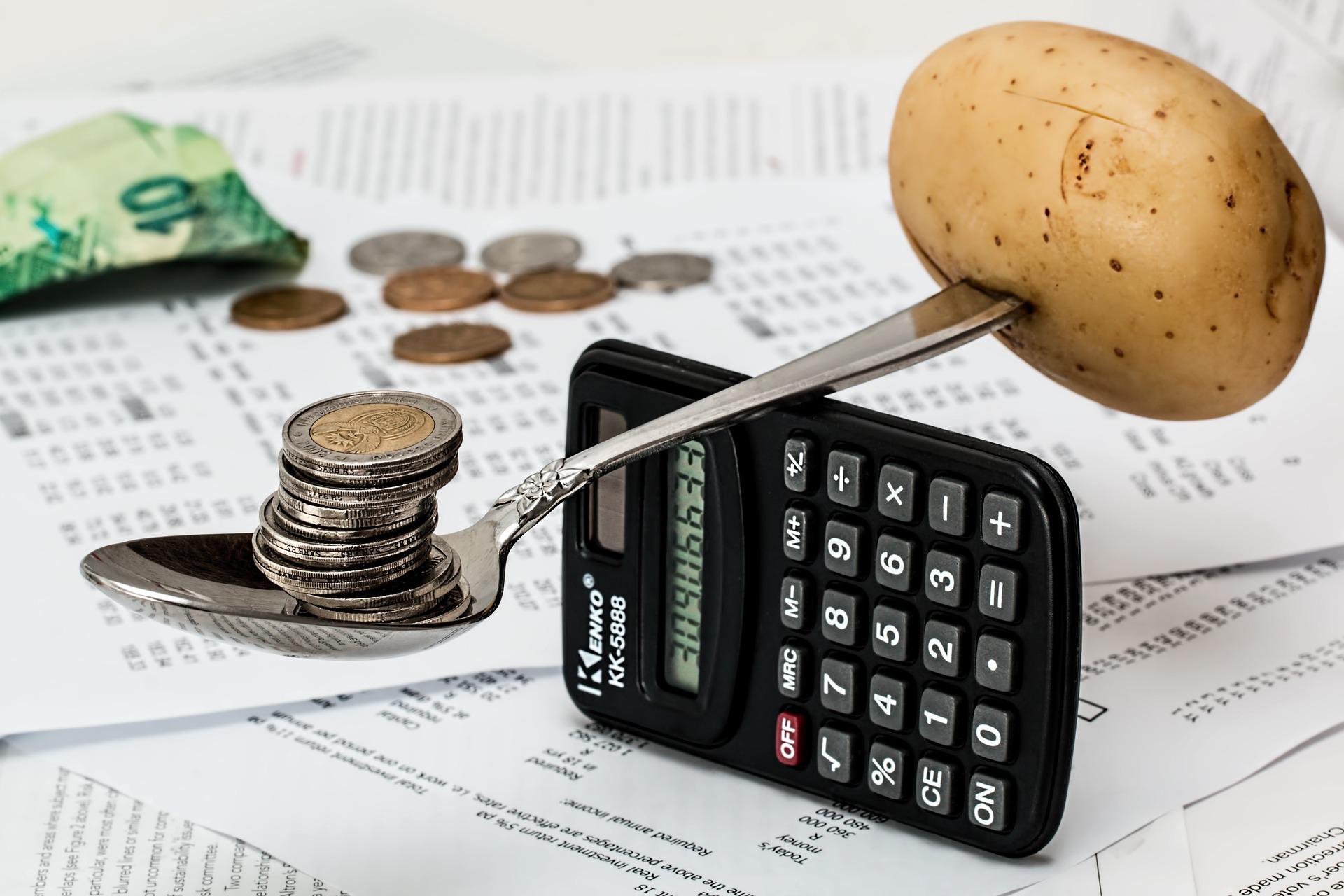The Reserve Bank of India raised the repo rate, or the rate at which banks borrow from the central bank, by a significant 50 basis points to 4.9 percent on Wednesday. The move is part of the RBI’s reversal of accommodative policies aimed at stimulating growth. Nonetheless, the central bank maintained its 7.2 percent growth target.
To keep inflation under control, India will need to make a “growth sacrifice,” according to a JPMorgan economist on Thursday.
Inflation has been rising, forcing the central bank to raise interest rates faster and more aggressively than previously anticipated. In April, rising food and fuel prices drove retail inflation in India to an eight-year high of 7.79 percent.
“The upside risks to inflation have materialised earlier than expected, both in terms of timing and magnitude,” RBI Governor Shaktikanta Das said on Wednesday, indicating that the central bank will likely continue to unwind accommodative policies.
Since the RBI cut rates by 75 basis points during the pandemic, the central bank has room to raise rates by another 25 basis points following Wednesday’s decision. However, things would become more difficult from that point forward.
“The question is what happens after that, because inflation will continue to rise,” Aziz said. “Does the RBI pause or does it deliver what the market expects if growth slows significantly at that point in time?”
According to Upasna Bhardwaj, chief economist at Kotak Mahindra Bank, it is “absolutely imperative” that the RBI’s actions be “front loaded.” Bhardwaj stated that rate hikes would be paused only if inflation fell below 6% by the fourth quarter of the fiscal year.
“The situation is changing because the trajectory of crude oil prices is critical for Indian inflation.” By the end of the fiscal year, expect a repo rate range of 5.75 percent to 6 percent. “However, the effective policy rate will be 25 basis points higher,” she said.
Bhardwaj noted that the central bank has raised interest rates by 90 basis points in the last month and that it has taken a hawkish stance on other policies.
′′We don’t believe there will be a very aggressive continued rate hike cycle going forward, but front-loaded actions are absolutely necessary,” Bhardwaj said. Increased interest rates would also have an effect on consumer demand.
While she predicted rates would reach 5.75 percent by the end of the fiscal year, she differed from the JPMorgan economist in forecasting growth slightly higher than the central bank’s at 7.3 percent.
“We’re looking at 7.3 percent GDP growth for the time being, with some impact on demand coming towards the end of the year,” Bhardwaj said.
According to the central bank’s own survey of macroeconomic indicators conducted between May 13 and June 3, the repo rate could reach 6% by the end of the fiscal year.
#edgeforex #forextrading #forexsignals #forex #trading #rbi #inflation #slowing #indicators #reporate #timing #magnitude #growth

